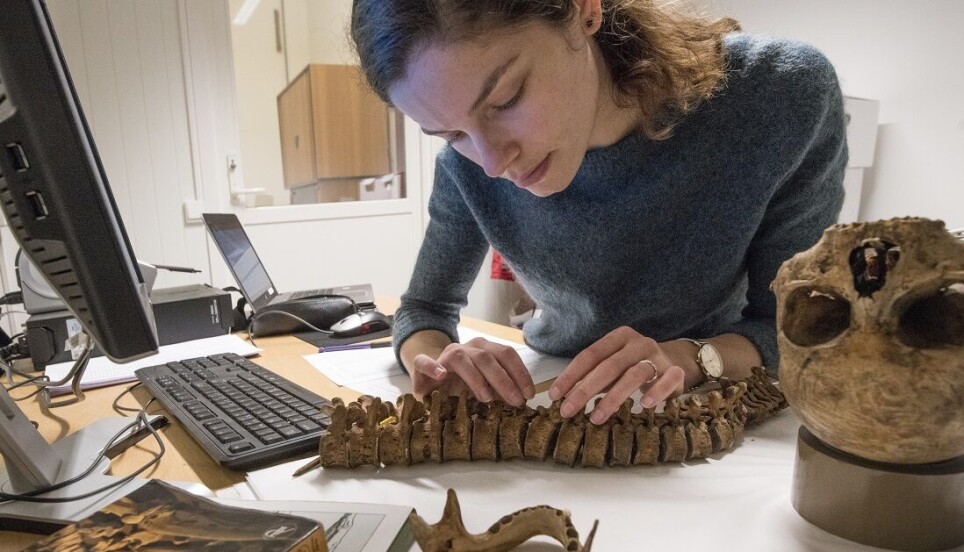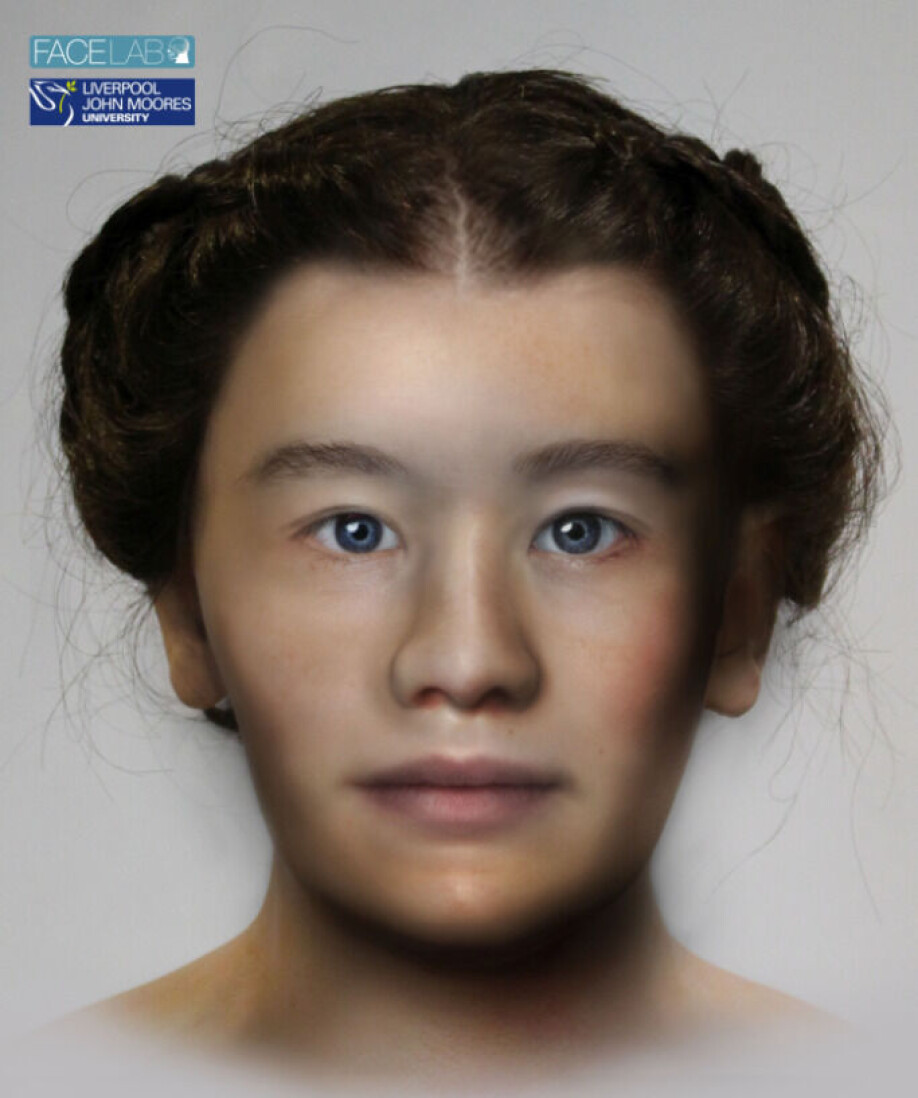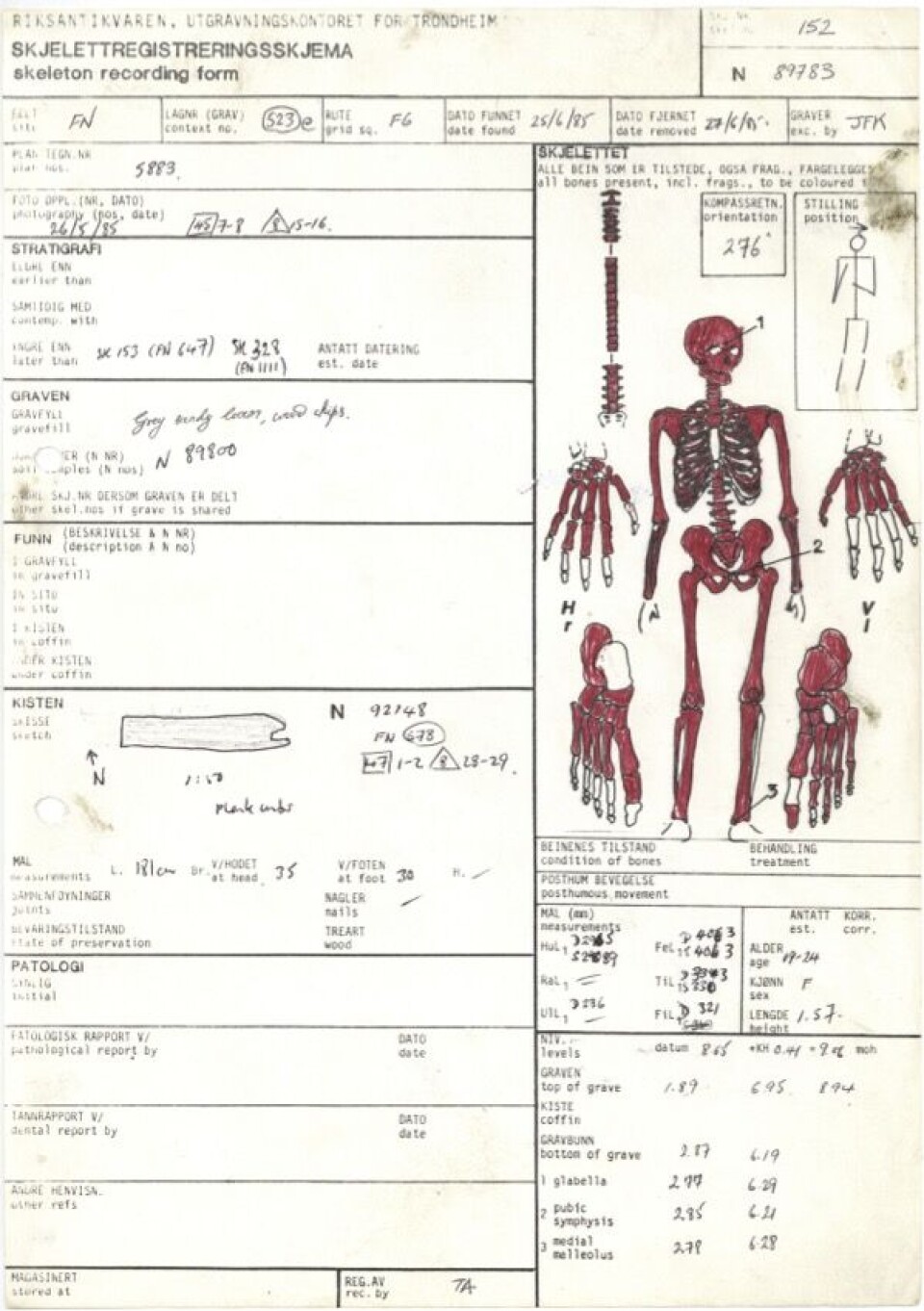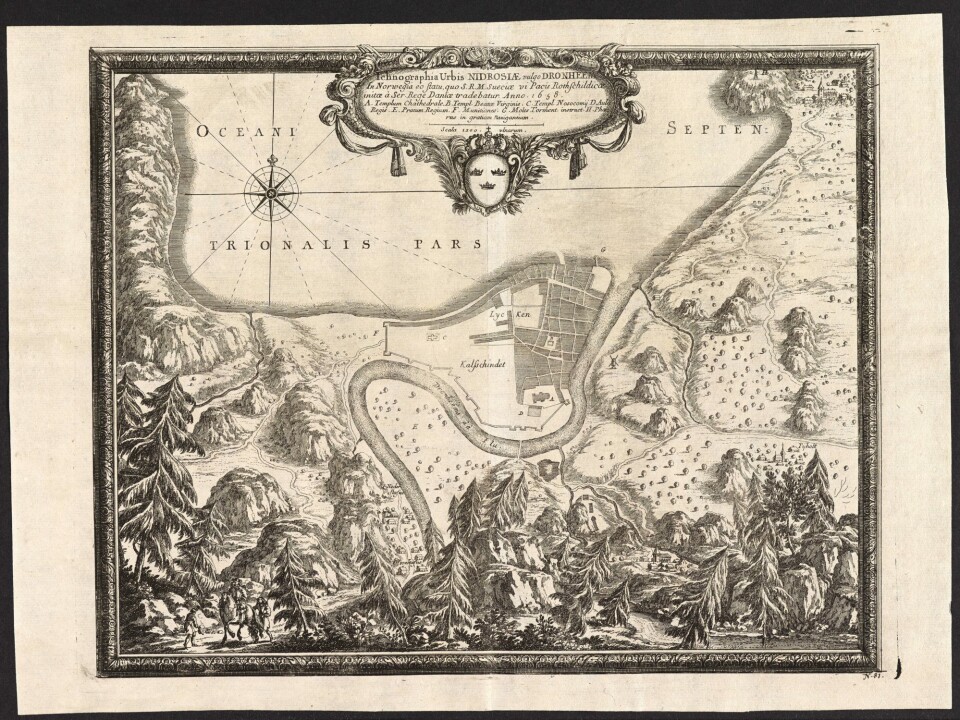THIS ARTICLE/PRESS RELEASE IS PAID FOR AND PRESENTED BY NTNU Norwegian University of Science and Technology - read more

What medieval skeletons tell us about modern day pandemics
The coronavirus pandemic has made the whole world more aware of what diseases can do to a society. Now, archaeologists and biologists who are studying medieval pandemics, like the Black Death, are learning lessons about the past that may help us in the future.
A young woman walks Trondheim’s streets 800 years ago, carrying a secret in her body. It’s 150 years before the plague — the Black Death — but this young woman is sick with a disease that no one thought was found in Europe at all during medieval times.
We don’t know whether this particular disease killed this young woman, but we do know the name of her disease — Salmonella enterica. It took some modern-day archaeological sleuthing to find out what ailed her, though. Researchers found their evidence for the disease between this woman’s teeth.

Beginning in 2017, an international team of researchers began working on a joint project called MedHeal, focused on Trondheim’s medieval history.
They’ve combed through the records from a series of archaeological digs in the town’s centre over the last century, and are using new technologies to explore the secrets locked inside skeletons that have been excavated and preserved over the years from the different digs.
“We had really good archaeological sources from this time, because there has been a lot of professional archaeological excavations in this town from the beginning of the 1970s and the conditions for preserving organic material and skeletons are superb,” says Axel Christophersen, a professor of historical archaeology at the NTNU University Museum.
By digging deeply into the data from Trondheim’s medieval cemeteries, latrine wastes and dental plaque, researchers have been figuring out how diseases changed the way mediaeval populations behaved — and how this information can help us understand how pandemics like SARS-CoV-2 happen, so we can better combat pandemics in the future.
What makes a pathogen jump?
Among the researchers involved in the MedHeal project is Tom Gilbert, an evolutionary biologist at the University of Copenhagen who is also a professor at the NTNU University Museum. Gilbert is interested in what ancient DNA can tell us about ancient and modern pathogens, like the Salmonella he and his colleagues discovered in the dental plaque from the 800-year-old female skeleton from Trondheim. The skeleton is officially called SK152, but British researchers gave her the name Ragna.

While it’s of academic interest to find a pathogen that wasn’t actually believed to be in Europe during that time, Gilbert says the information is also useful in helping us to be on the lookout for potential dangerous pathogens now and in the future.
“By getting the old pathogens one can study when this transmission happened, what kind of characteristics are needed, which can then be translated back into the useful information for monitoring today,” he said. “So it’s about extra knowledge — where do things come from, how do they adapt? How easy is it for pathogens to jump?”
Linking history with DNA code
New technologies developed over the past few decades have changed the way that archaeologists and evolutionary biologists are able to study biological remains.
The MedHeal project allowed Gilbert and his colleagues to study the DNA in the Trondheim skeletons, so they could learn more about where each individual came from.
In one case, researchers were able correlate what’s written in the history books with what they find written in the DNA code.
“And we actually find somebody in Trondheim in about 1100 who basically looks like a modern Icelander, and we actually think it may well have been a high-status Icelander,” Gilbert said.
There was a lot ofS conflict in Iceland in the 1100s, and Gilbert says this person could have come from Iceland to Trondheim to negotiate with royals who would have been in the city during the period.
Researchers can also confirm that this individual came from Iceland because of another component found in the skeleton, called isotopes.
Isotopes are variants of elements that are found in small quantities. Most people have heard of Carbon 14 dating. Carbon 14 is a variant of carbon that can be used to date organic material. But other chemical isotopes can tell biologists and archaeologists where you lived at certain periods of your life, in part based on what you eat or the water you drank.
In this case, the composition of the skeleton’s isotopes strongly support that the man was an Icelander, Gilbert said.
High-born means more children
But that’s not all that can be learned about this individual, Gilbert says.
“This particular Icelander has a genome which is most closely related to modern Icelandic genomes,” Gilbert said. But Gilbert specifically said the man was believed to have been high status. How can researchers possibly know this?
“You can’t say the high-status bit from DNA, except for this,” he said. “Not every human has the same number of descendants through time. People who are high status typically have many more offspring. And actually, if you have an ancient sample that’s given rise to a lot of offspring that give rise to a lot of offspring, they actually look even closer to the current population because there’s more of them in the current population.”
So the fact that this Icelander looks much more like a modern Icelander than other Icelanders from the 1100 can be explained by “having had way more descendants from this one person,” Gilbert said.S
“More people today look like him than the other Icelanders, and that is what leads us to suggest he is a high-profile person, because they were typically the guys who had the wealth to have all the children.”

Gilbert points out that this is somewhat speculative, of course, but “it does fit with the history, where there was civil strife in Iceland and people were travelling (to Trondheim) to try and get support from the Norwegian King,” he said.
“So with all these bits pointing together, you can start building up quite an interesting story. Each bit on its own is speculative, but together they paint quite an interesting picture.”
Not from Trondheim
Researchers have also learned quite a bit more about the young woman who had evidence of Salmonella enterica between her teeth. An isotopic analysis from her bones showed researchers that she actually wasn’t born in Trondheim.
But to learn more about where she was from, and other lessons learned from Trondheim’s medieval skeletons, you’ll have to listen to the episode below.
More information:
Zhou Z, Lundstrøm I, Tran-Dien A, Duchêne S, Alikhan NF, Sergeant MJ, Langridge G, Fotakis AK, Nair S, Stenøien HK, Hamre SS, Casjens S, Christophersen A, Quince C, Thomson NR, Weill FX, Ho SYW, Gilbert MTP, Achtman M.(2018) Pan-genome Analysis of Ancient and Modern Salmonella enterica Demonstrates Genomic Stability of the Invasive Para C Lineage for Millennia. Curr Biol. 2018 Aug 6;28(15):2420-2428.e10. doi: 10.1016/j.cub.2018.05.058.
Suppersberger Hamre S, Ersland GA, Daux V, Parson W, Wilkinson C (2017) Three individuals, three stories, three burials from medieval Trondheim, Norway. PLoS ONE 12(7): e0180277. https://doi.org/10.1371/journal.pone.0180277
Stian Suppersberger Hamre, Valérie Daux (2016) Stable oxygen isotope evidence for mobility in medieval and post-medieval Trondheim, Norway Journal of Archaeological Science: Reports, Vol. 8, 2016, pp 416-425, doi.org/10.1016/j.jasrep.2016.06.046
Christophersen, Axel (2015) Who were they? Steps towards an archeological understanding of newcomers and settlers in early medieval Trondheim, Norway. Suppersberger Hamre, Stian (Ed.): Foreigners and Outside Influences in Medieval Norway, 7-32
Axel Christophersen (2021) Under Trondheim: fortellinger fra bygrunnen (Under Trondheim: Stories from the city’s underground) In Norwegian. ISBN: 9788283050875
Information (in Norwegian) about the Trondheim Main Public Library and the graveyard that is preserved in its lowest level.
Contact
See more content from NTNU:
-
Politics on Facebook: Populist parties choose divisive issues on purpose
-
Social media is connected to cyberbullying – but not how we thought
-
Forskere ved NTNU får nesten 24 millioner av EU for å lage nye strømomformere
-
This helps the youngest children enjoy school more
-
Can we tap the ocean’s power to capture carbon?
-
Researchers have uncovered major problems in Norway's salmon industry





































